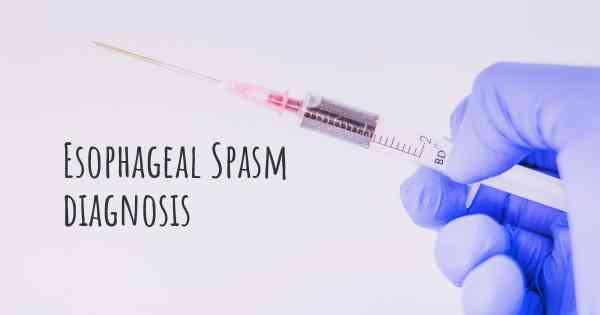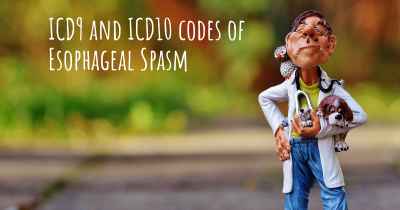How is Esophageal Spasm diagnosed?
See how Esophageal Spasm is diagnosed. Which specialists are essential to meet, what tests are needed and other useful information for the diagnosis of Esophageal Spasm

Esophageal spasm is a condition characterized by abnormal contractions of the muscles in the esophagus, the tube that carries food from the mouth to the stomach. These spasms can cause chest pain, difficulty swallowing, and a sensation of food getting stuck in the throat. Diagnosing esophageal spasm involves a combination of medical history, physical examination, and diagnostic tests.
Medical history: The first step in diagnosing esophageal spasm is discussing the patient's symptoms and medical history with a healthcare provider. It is important to provide detailed information about the frequency, duration, and intensity of symptoms, as well as any triggers or relieving factors.
Physical examination: A physical examination may be performed to assess the patient's overall health and to check for any signs of complications or other underlying conditions. The healthcare provider may listen to the patient's chest with a stethoscope to detect any abnormal sounds or patterns.
Diagnostic tests: Several tests may be conducted to confirm the diagnosis of esophageal spasm and rule out other conditions with similar symptoms. These tests may include:
- Esophageal manometry: This test measures the pressure and coordination of muscle contractions in the esophagus. A thin tube is inserted through the nose or mouth and into the esophagus to measure the muscle activity.
- Barium swallow: During this test, the patient swallows a liquid containing barium, which coats the esophagus and makes it visible on X-rays. This allows the healthcare provider to observe any abnormalities or spasms in the esophagus.
- Endoscopy: In this procedure, a flexible tube with a camera on the end (endoscope) is inserted through the mouth and into the esophagus. This allows the healthcare provider to visually examine the esophagus and check for any abnormalities or signs of inflammation.
- Esophageal pH monitoring: This test measures the amount of acid in the esophagus over a 24-hour period. It can help determine if acid reflux is contributing to the symptoms of esophageal spasm.
Once a diagnosis of esophageal spasm is confirmed, appropriate treatment options can be discussed with the patient. It is important to consult a healthcare professional for an accurate diagnosis and personalized treatment plan.








